
Soulstice Interview: Boss Designs, Rewarding Player Performance, and What's Next - Article
by Paul Broussard , posted on 03 November 2022 / 3,762 ViewsSoulstice wound up being a very pleasant surprise and one of my favorite games of the year so far. Recently, I had the opportunity to ask the developers some questions about design philosophy and what went into the creation of the game. Here are their responses!
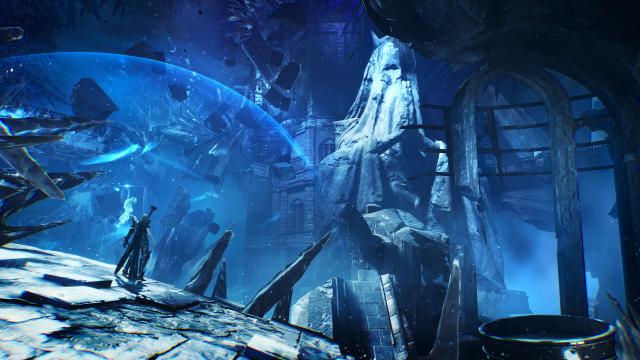
A combat system involving two characters simultaneously is pretty rare within action games. Can you talk about what drove the inspiration for a multi-character system?
Since the beginning of the concept phase, I had a vision of two characters existing and fighting together. One would be strong, sturdy, and melee-oriented; the other would appear more fragile, but in truth, they would be the one to sustain and protect the duo. I started exploring this idea on a deeper level after seeing the two princes, Lothric and Lorian in Dark Souls III. However, a similar relationship also exists between Guts and Schierke in Berserk.
I also wanted the game’s combat experience to be fast-paced and spectacular, so when a game designer from my team also suggested this, we set things in motion and opted for a two-female-protagonist team. It was around that point when I knew that this formula would prove to be the right choice for Soulstice. And that’s how Briar the Ashen Knight and her sister Lute, the Shade, were born. Since then, the game’s Dual Character System saw many iterations, each making it more consistent and engaging, and something that would become our own twist to the hack and slash genre.
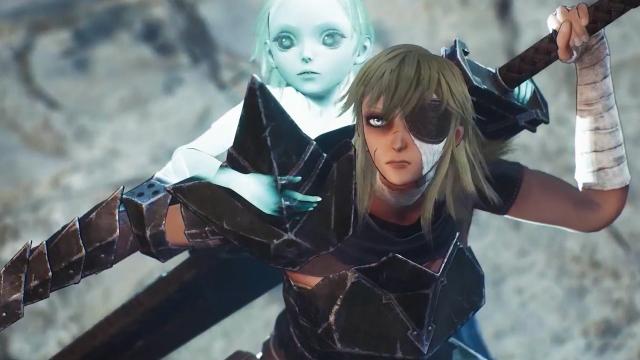
Can you briefly talk about the weapon variety in the game and what inspired the various tools Briar has at her disposal? What goes into making a weapon fun to play as and interesting to experiment with?
Each weapon in the game serves a specific purpose, with each conceived as a tool to solve a specific problem in its respective scenario. It’s the old rock-paper-scissors approach, but it works well, and it helped us build quite a complex and deep system. So that’s how we worked on the Tearing Penance (the whip), which is especially effective against swarms of aggressive yet unarmored enemies. The Hand of Retribution, Briar’s gauntlet, lies at the opposite side of the spectrum: its blows are especially heavy, and they can quickly destroy the armor worn by certain enemies. These are just two examples. There’s a lot to experiment and have fun with, and weapons can even be switched in the middle of a combo! We’ve already been seeing some wild and imaginative combos being shared by players online.
Are there any personal favorite weapons for the dev team?
This is a tricky question… but the Fiery Zealots are the likely answer. They are a hybrid weapon that is part tonfa and part hand cannon. Not only are they very effective in combat, but they are also very versatile too. Plus, with the Firey Zealots, Briar can even propel herself across the battlefield!
Similarly, can you talk about enemy design? What goes into the process of creating a variety of interesting enemies to fight against?
This is the flip side of the coin. In the end, it comes down to the gameplay situations that we wanted to include in the game. After defining the situations and the basic “functions” that would define an enemy, we worked on their appearance, to make them as twisted and interesting as possible. Soulstice also has three different classes of foes, which had to work with Lute’s Blue Evocation field and her Red Banishment Field. Wraiths (the blue enemies) are invisible and intangible, unless under the influence of Lute’s Evocation Field.
Inversely, the Possessed only become vulnerable when they’re within Lute’s Banishment Field; moreover, most Possessed release Wraiths when they are defeated, and if such Wraiths are not disposed of quickly, they can even repossess their former hosts again! In addition to this, as we worked on fleshing out the game’s “bestiary,” we knew that each enemy would also need to behave properly when faced solo, and when mixed in with other creatures.
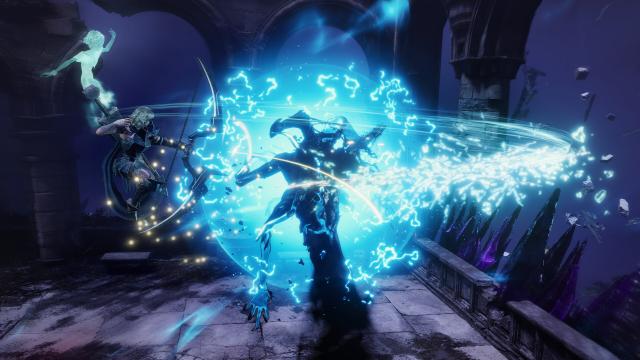
Perhaps an odd question, but I've always been curious how action games decide which purchasable skills are worth more in-game currency. How do you decide the cost for different abilities and upgrades?
That is the result of a careful tuning process. Different variables are involved, from the risk/reward factor of each battle encounter, to the structure of the levels, and the overall progress of the player throughout the game flow. By the way, we have two separate progression paths for the two main characters. Briar’s progression is based on the unlock of new combos for the weapons she obtains over the course of the adventure, but there are also some passive skills to purchase, which can make each weapon more efficient or versatile. Lute’s powers, on the other hand, are managed through a very robust and diverse system of skill trees.
The Player has full control over how to “build” Lute, focusing on Offense, Defense, Crowd Control or Buffs. And while it is not possible to unlock all of Lute’s powers in one go, Lute’s skills can be respec’d for free without penalty. We did this to allow the player to experiment, have the freedom to try out different combinations, and allow them to come up with new solutions and approaches to various challenges they’ll be presented with throughout the game.
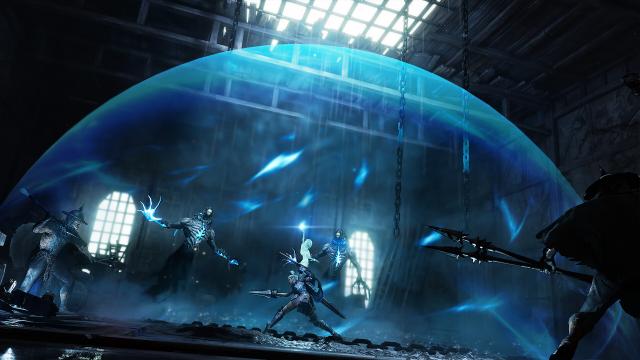
Soulstice has an element that I love in games, which is remixing enemy waves on higher difficulties for repeat playthroughs. How do you balance remixed enemy waves against a player who has end-game weapons and health?
Knowing that the Player has a full arsenal at their disposal obviously leads to a wider array of solutions for our Designers to consider. Lute’s progression is also carried over from one playthrough to the next, which also makes it possible for us to be more… wicked!
What goes into the process of designing a boss for an action game like this? How do you try to design a boss to be a fun, yet challenging encounter?
We wanted each boss fight to look and feel like a major beat in the game flow. We worked hard for these encounters to stand out from different perspectives, encompassing gameplay, art, and story. It was also our intention for each boss fight to provide the player with a specific way to put Lute’s mystical powers to good use. As such, each boss fight plays out differently because each poses a unique and specific challenge for the player to overcome. Moreover, all bosses have different phases that make the action (and the narrative) more engaging as the battle unfolds.
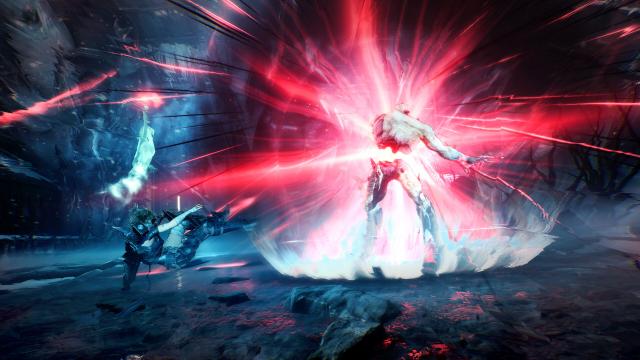
Was there any thought of bringing in some sort of jump cancel mechanic, a la the Devil May Cry series?
We considered implementing this type of mechanic, but we did not want to overcomplicate the user experience, considering that the Player would also need to manage Lute’s counters and Fields.
One of the most intriguing parts of the game for me is the unity gauge, which unlocks synergy attacks and Rapture state. While some action games give players more currency for better performance in combat, Soulstice is probably the first example I've seen of incorporating unlocking new abilities into performing well as a core mechanic. What went into the thought process behind that design?
We wanted the Player’s performance to actually matter, and the idea of having Briar and Lute building a momentum over each fight connected well with other elements. For example, when replaying a specific fight, the player could actually decide to adopt a different tactic, prioritizing different enemies and so on. We think that this approach helps keeping things challenging and interesting. It also works well with the various “builds” that can be created for Lute, and with the weapon system itself.
Was there any concern about having a gameplay mechanic as significant as Rapture require the player to land enough attacks consecutively without being hit?
We wanted the player to feel rewarded for their decisions and combos they manage to execute. Even from a narrative point of view, the whole message underlying Briar and Lute’s story is that power must be earned in blood, and that it is dangerous to try and wield it properly. However, through Lute’s skill tree, it is possible to unlock and activate specific abilities that will assist with building and maintaining Unity during battle.
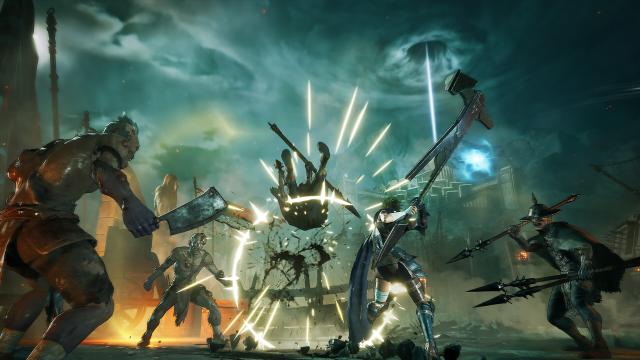
Without wishing to spoil readers, the ending teases some pretty big things to come. I know it's early, but any idea when we might get to see what happens next to Briar and Lute?
Right now, we are focusing on refining the game, and making improvements across many different areas. We are analyzing player videos and listening to their feedback, and the whole team is working to meet their expectations. The initial response from the community has been very positive, and we are very grateful for that! And while it is a bit early to speak about such things, when the time comes, we would love to further explore the world that we have created!
Thank you very much for your interest and time. We hope that you enjoy Soulstice just as much as we enjoyed developing it.
I'd like to thank Reply Game Studios for taking the time to answer my questions. If you haven't read it already you can check out our official review of Soulstice here.








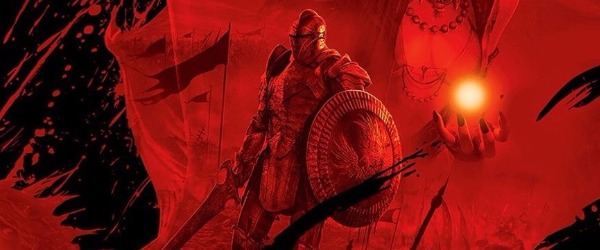
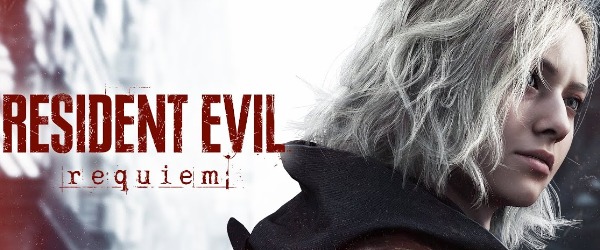

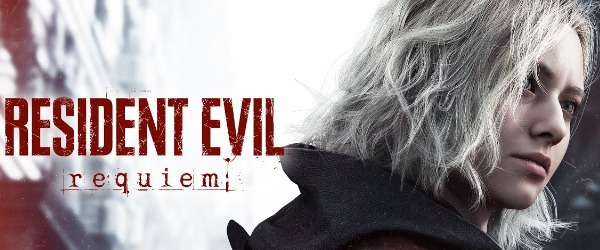










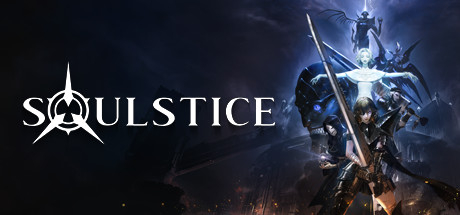

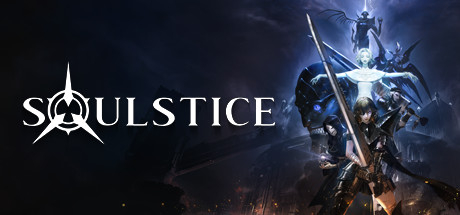

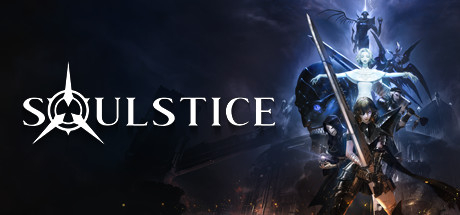

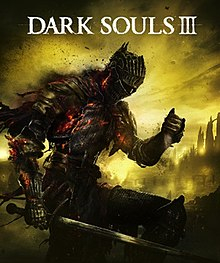



 Essay Pro
Essay Pro